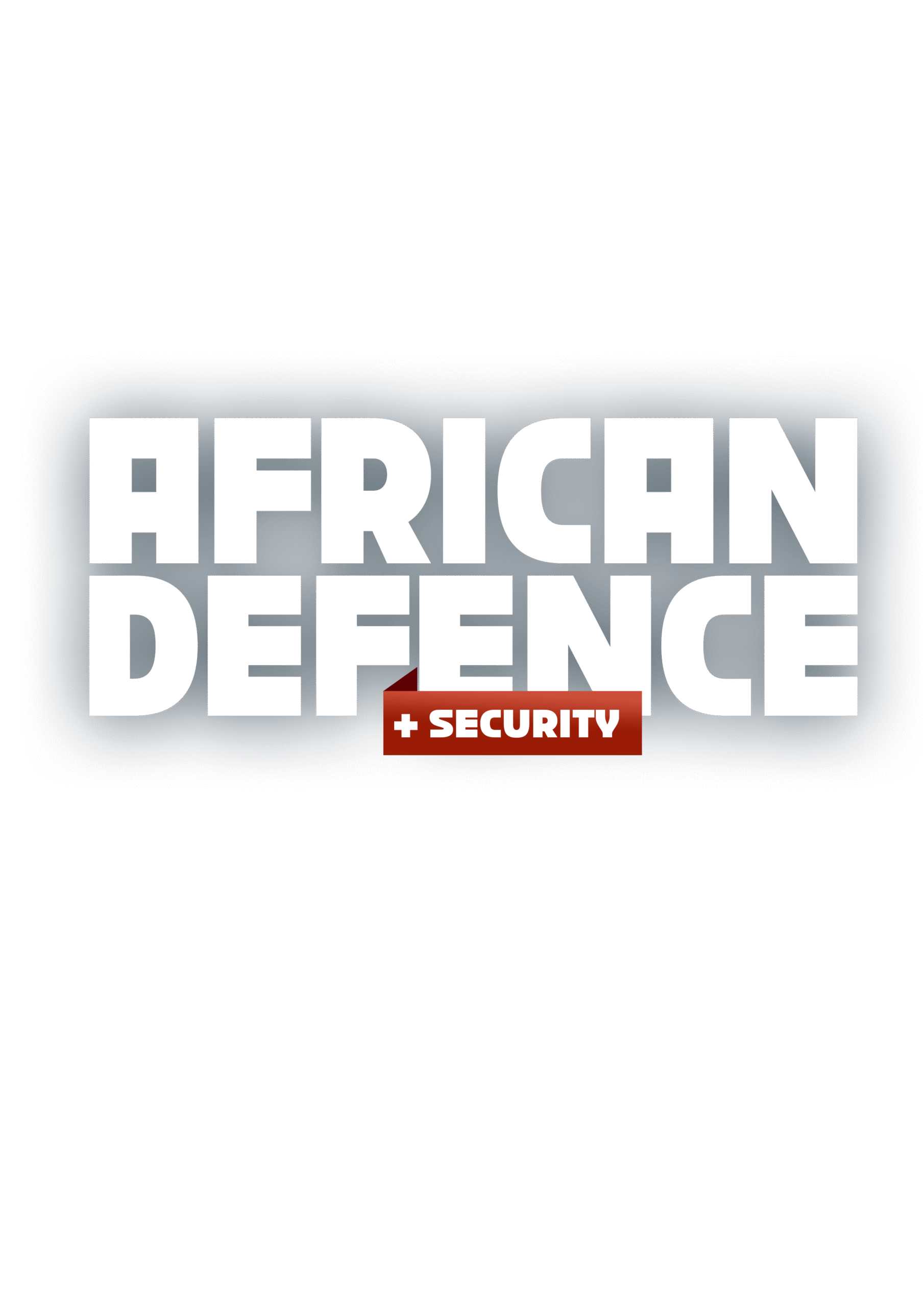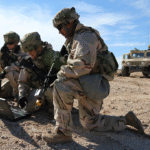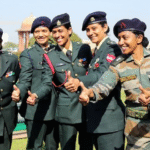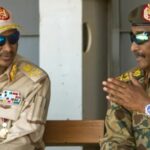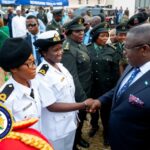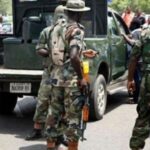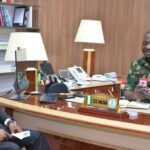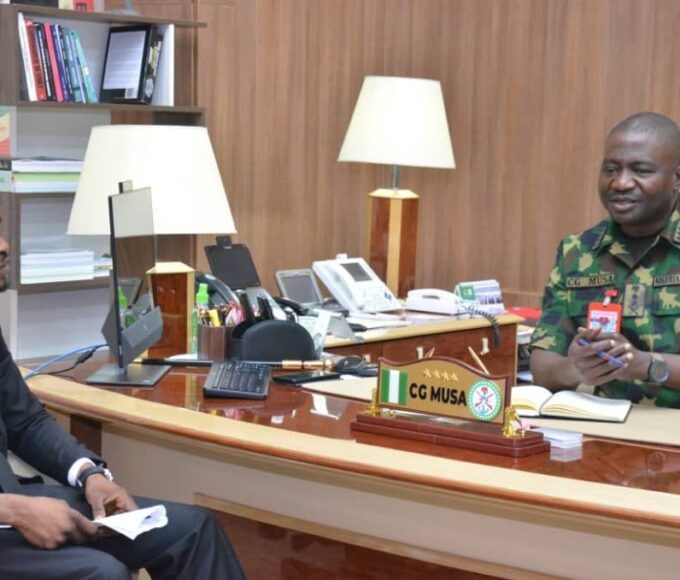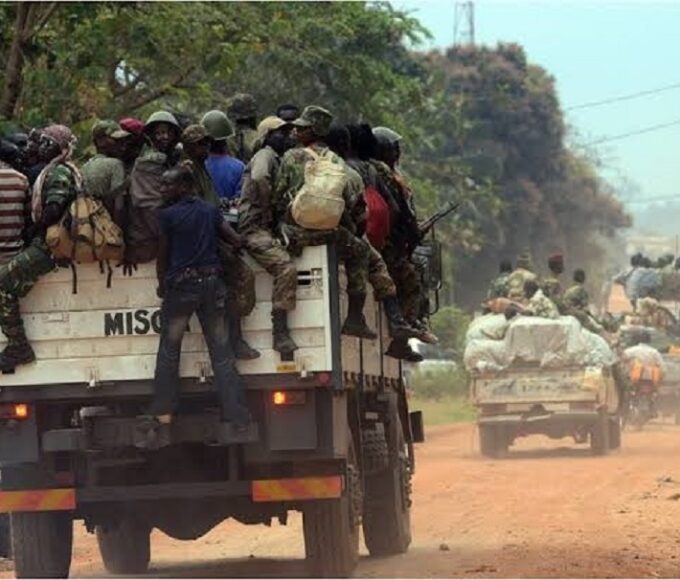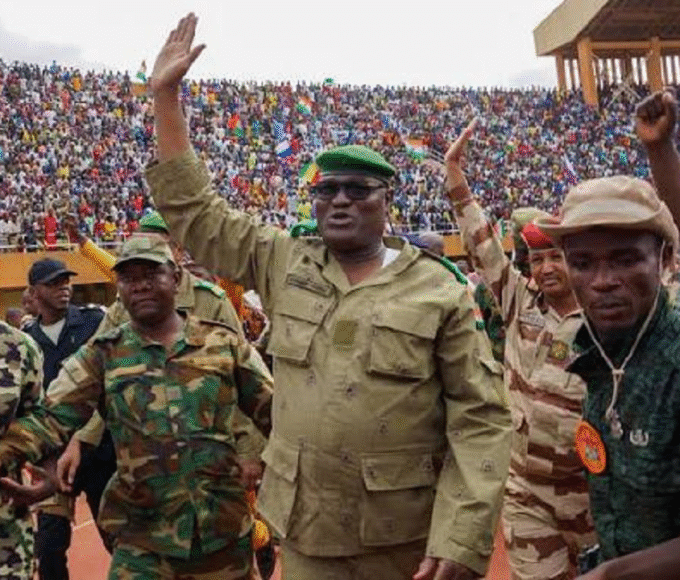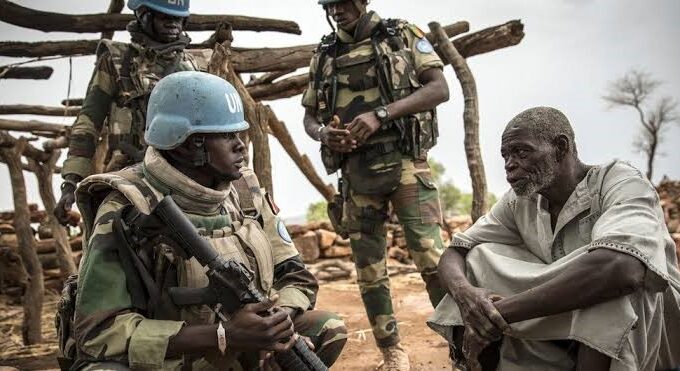Disarmament Campaigns: Civilian Buy-In or Security Risk?
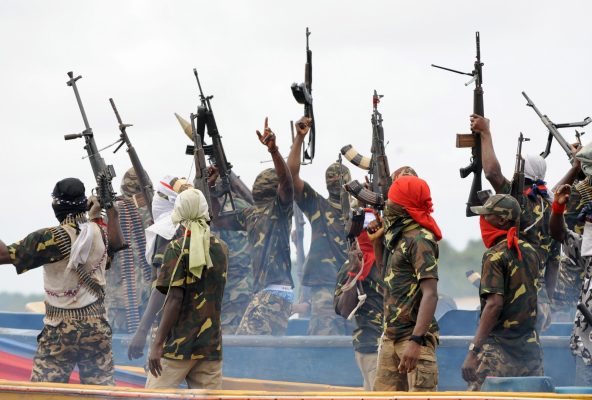
The open-air sports stadium in Monrovia was never meant for this. In September 2003, just weeks after Liberia’s warring factions signed the Accra Comprehensive Peace Agreement, rows of battered Kalashnikovs, hunting rifles, and homemade pistols lay in neat stacks under the hot West African sun. Former fighters — some still in mismatched fatigues — shuffled forward to trade their weapons for the promise of cash, vocational training, and a fragile return to civilian life. It was the start of Liberia’s Disarmament, Demobilisation, and Reintegration (DDR) programme, hailed at the time as one of the most ambitious in Africa’s post-war history.
Two decades later, that optimism has cooled. While Liberia’s campaign removed more than 100,000 weapons from circulation, pockets of illicit arms remain, feeding petty crime and sporadic political violence. And Liberia is hardly alone. From Kenya’s pastoralist gun recovery operations in Turkana County to Nigeria’s Niger Delta amnesty of 2009, Africa’s disarmament drives have swung between celebrated breakthroughs and bitter disappointments.
Why People Keep Guns — Even After the Peace
The persistence of civilian armament in post-conflict societies is not just a question of criminal intent. “In communities where state protection is weak or absent, a gun is not a luxury — it is insurance,” says Prof. Kizito Mwangi, a security governance scholar at the University of Nairobi.
In Kenya’s Rift Valley, herders have long kept rifles to protect livestock from cattle raiders. In Liberia’s hinterlands, distrust of state security forces lingers from the war years, making voluntary surrender a hard sell. In the Niger Delta, militants who surrendered arms in 2009 often retained small caches as a hedge against political betrayal.
The Risks of Incomplete Disarmament
Partial disarmament can be worse than none at all. Uncollected weapons often reappear in insurgencies, banditry, or the black market. In northern Mali, Tuareg rebels who participated in partial disarmament during the 1990s were re-armed by the 2012 rebellion, this time with weapons looted from Libya’s collapse.
Building Trust Before Collecting Guns
Successful programmes often hinge on local legitimacy. In Sierra Leone’s post-war DDR, chiefs and religious leaders fronted the campaign, framing disarmament as a communal rite rather than a state imposition. Transparent destruction of collected arms — sometimes conducted in public bonfires — reinforces trust.
Technological innovations are also changing the field. Some UN missions now use biometric registration of ex-combatants, GPS tagging of surrendered weapons, and live-streamed destruction ceremonies to prevent arms from leaking back into circulation.
Lessons from Colombia
Colombia’s demobilisation of FARC rebels in 2016 offers parallels — and warnings. While 8,994 weapons were handed over under UN verification, rural insecurity persisted because state presence in former rebel zones was patchy. For African contexts, the lesson is clear: disarmament without follow-up security guarantees is an invitation to relapse.
Bottom Line: Disarmament is never just about guns. It is about trust — in the state, in the peace process, and in the future. Without it, the weapons find their way home again.
SNAPSHOT: Notable African Disarmament Campaigns
- Liberia (2003–2009) – Collected 101,495 weapons; UN-backed DDR programme.
- Kenya (2005–present) – Ongoing voluntary and forced disarmament in northern pastoralist regions.
- Nigeria (2009–2015) – Niger Delta amnesty collected over 2,760 arms and 287,000 rounds of ammunition.
King Richard Igimoh, Group Editor ALO
King Richard Igimoh, Group Editor African Leadership Organisation is an award-winning journalist, editor, and publisher with over two decades of expertise in political, defence, and international affairs reporting. As Group Editor of the African Leadership Organisation—publishers of African Leadership Magazine, African Defence & Security Magazine, and Africa Projects Magazine—he delivers incisive coverage that amplifies Africa’s voice in global security, policy, and leadership discourse. He provides frontline editorial coverage of high-profile international events, including the ALM Persons of the Year, the African Summit, and the African Business and Leadership Awards (ABLA) in London, as well as the International Forum for African and Caribbean Leadership (IFAL) in New York City during the United Nations General Assembly.
Recent Posts
Categories
- Air & Aerospace16
- Border Security15
- Civil Security4
- Civil Wars4
- Crisis5
- Cyber Security8
- Defense18
- Diplomacy19
- Entrepreneurship1
- Events5
- Global Security Watch6
- Industry8
- Land & Army8
- Leadership & Training5
- Military Aviation4
- Military History27
- Military Speeches1
- More1
- Naval & Maritime9
- Resources2
- Security12
- Special Forces1
- Systems And Technology9
- Tech6
- Uncategorized3
- UNSC1
- Veterans6
- Women in Defence9
Related Articles
Why General C.G. Musa Is the Right Defence Minister for Nigeria—Right Now
President Bola Tinubu’s nomination of General Christopher Gwabin Musa (rtd.) as Minister...
ByKing Richard Igimoh, Group Editor ALODecember 2, 2025DIPLOMACY, PEACE & CIVIL SECURITY – CROSS-BORDER PEACE PACTS IN EAST AFRICA: SUCCESS OR FAILURE?
From the windswept Karamoja hills to the fishing villages of Lake Victoria,...
ByKing Richard Igimoh, Group Editor ALONovember 24, 2025ECOWAS MILITARY INTERVENTION IN NIGER: A TURNING POINT?
The coup d’état in Niger on July 26, 2023, marked a seismic...
ByKing Richard Igimoh, Group Editor ALOOctober 7, 2025CIVIL-MILITARY RELATIONS IN FRAGILE STATES
Fragile states marked by weak governance, economic instability, and persistent unrest face...
ByKing Richard Igimoh, Group Editor ALOSeptember 17, 2025
